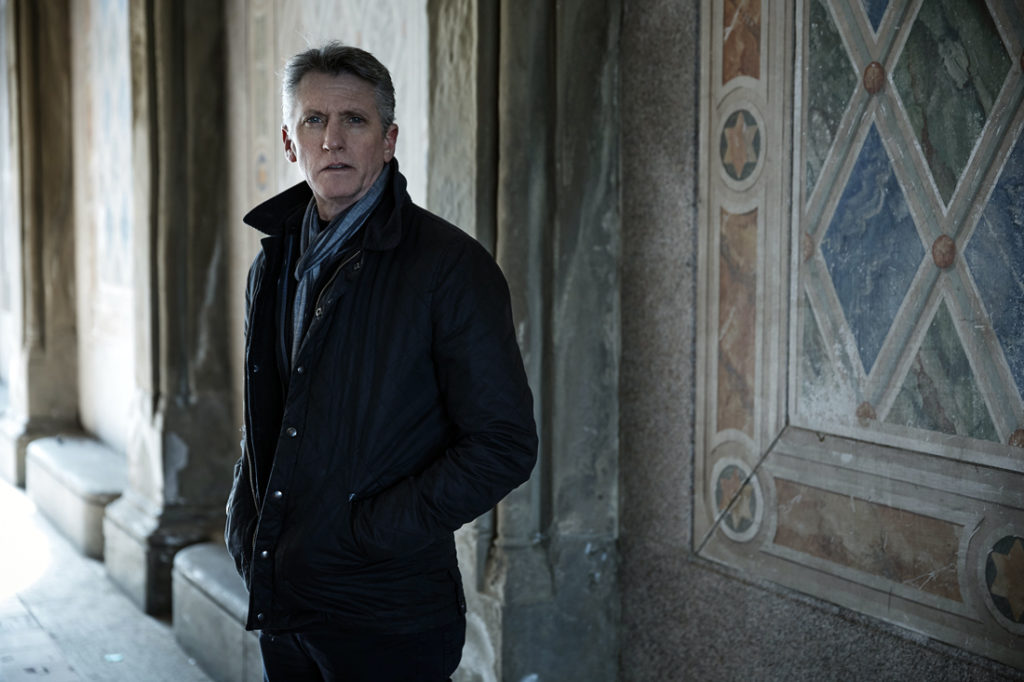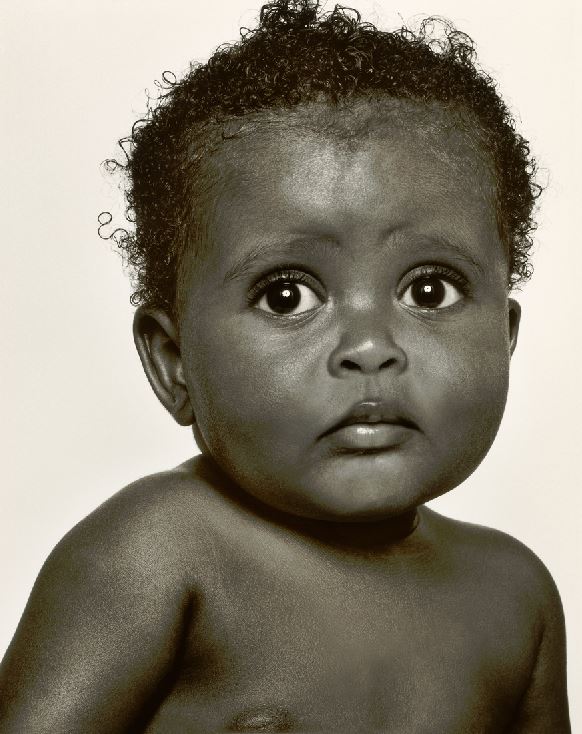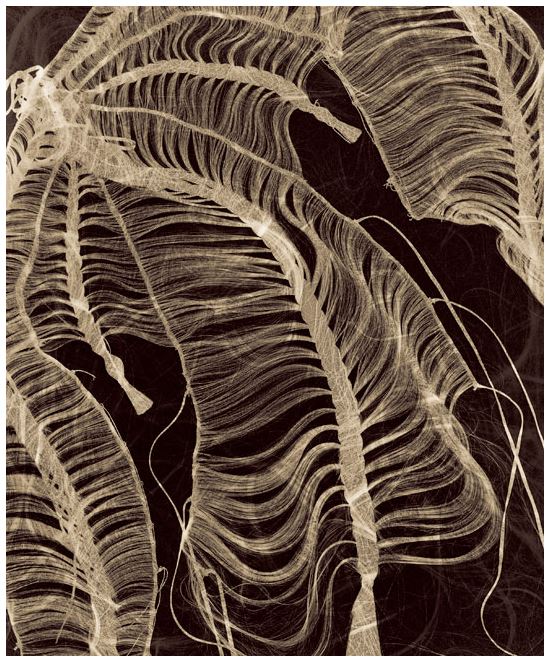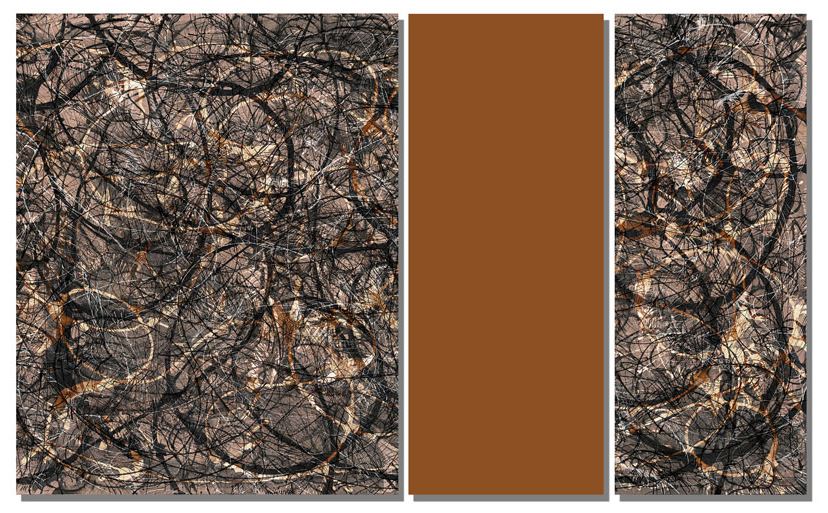People
Meet Edward, Who Is More Than Just the ‘Other Mapplethorpe’
He's been working on his own photographs for decades.

Photo: Courtesy of Robert Ascroft.
He's been working on his own photographs for decades.

Rain Embuscado

Hand-picked portraits of curiosity, alarm, and self-possession take form in photographs of infants in Edward Mapplethorpe’s new book, “One: Sons & Daughters”—including that of the photographer’s own son. With over 150 images and spanning 20 years, it’s the longest-running project in his portfolio.
Mapplethorpe admits that these portraits were a commercial means to support his artistic practice. But after running through the contact sheets of his first commissioned shoot in 1996, Mapplethorpe says he saw something deeper in the work.
“I knew it was a difficult subject to photograph, but it just morphed into something,” Mapplethorpe told artnet News in a phone interview. “It’s become such a great body of work, and to deny that of my artistic practice is short-changing it.”

Edward Mapplethorpe, Saturday, October 13, 2012; 6:00 am (2012). Courtesy of Edward Mapplethorpe.
Despite the subject matter, the photographs’ formal qualities of tone, texture, and composition share affinities with his early works—photographs of nudes taken from 1982 through 1992. His artistic pursuits have since changed, subsequently leaping from one experiment to another over the better part of three decades.
However, his creative projects remain largely unknown to the public. If a recent title in the New York Times offers an explanation (“The Other Mapplethorpe”), it’s affirmation that the artist’s profile is almost always tethered to his late brother, Robert.
Much of Mapplethorpe’s experience with the media is in service to his elder brother’s legacy. A 2016 essay Mapplethorpe wrote to promote HBO’s 2016 documentary in Elle, titled, “My Life as Robert Mapplethorpe’s Assistant, Adversary, Baby Brother,” concedes this fraught relationship.
“That’s always a bit disappointing to me,” Mapplethorpe admitted. “For the last 30 years I’ve been having my own career. But he’s left such a legacy that it’s understandable. It’s part of my life, it’s part of me, it’s part of my history. So it’s okay.”

Edward Mapplethorpe, HAIR transfer No. 923 (2004).
Photo: Courtesy of Edward Mapplethorpe.
Mapplethorpe’s works over the course of his career articulate a clear desire to break free of representation. Since the early 2000s, the artist has been focusing on abstraction.
In 2004, Mapplethorpe worked on a darkroom photo series titled HAIR transfer, a precursor to the tangled, linear images he’d craft in the years that followed, which are heavily indebted to Jackson Pollock’s paintings. From 2007 through 2009, the artist’s experimentation with the mechanical processes of photography, namely with rayographs, yielded him TimeLines, a series of prints created exclusively in the darkroom, without a camera.
By 2013, his attraction to Abstract Expressionism, which are manifested in a series titled Variations, employs the results of his chemical darkroom processes in Timelines with digitally rendered panels of solid color.

Edward Mapplethorpe, Untitled No. 06, (2013).
Photo: Courtesy of Edward Mapplethorpe.
The evolution of his work prompts us to consider if the artist brings anything new to the table. However, seeing Mapplethorpe through the lens of his fraternal connection obstructs earnest attempts at getting a real answer. Should the art world’s gatekeepers continue to review Mapplethorpe’s appeals for entry, it may be wiser to let him stand on his own.
Edward Mapplethorpe will be hosting an event on Thursday, April 28th at 7:00 p.m. at the Strand in New York City for his book “One: Sons and Daughters.”